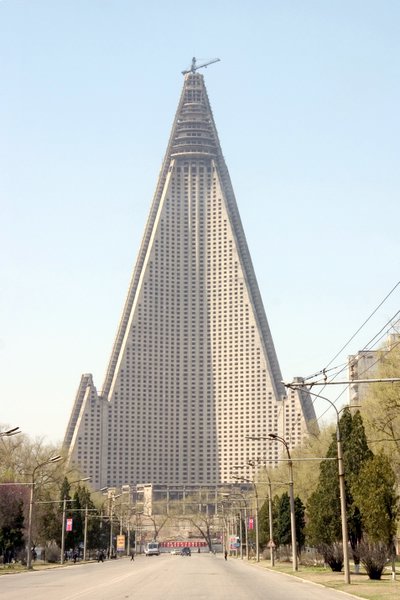Una rimarchevole iniziativa dell’artista giapponese Tatsuo Miyajima.
Memore delle persone vaporizzate dall’atomica su Hiroshima, che di loro ha lasciato solo un’ombra su un muro, ha creato il Peace Shadow Project, un sito a cui tutti possono inviare la propria foto che viene poi trasformata in un’ombra e firmata (in seguito si può visionare l’immagine e anche cambiarla).
Il sito è un impressionante slide show delle immagini di tutte queste persone che si trasformano gradualmente in un’ombra blu, accompagnato da una gradevole musica d’ambiente. Un’idea semplice, realizzata in modo raffinato (c’è un team non banale, dietro) che, senza tante complicazioni, trasmette un’emozione immediata.
Un’ottima dimostrazione di come si possa utilizzare il web per fini creativi, artistici e sociali.
 |
 |
Here is a remarkable initiative by the Japanese artist Tatsuo Miyajima.
Mindful of the people of Hiroshima vaporized by the atomic bomb leaving only a shadow on a wall, she created the Peace Shadow Project, a website where everyone can send his photo that is converted into a shadow and signed.
The site is a very impressive slide show made by the pictures of all these people gradually transforming into a blue shadow, with a pleasant ambient music. A simple idea, very well realized and arousing a deep feeling.






